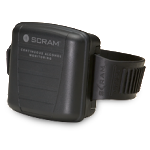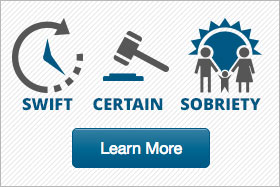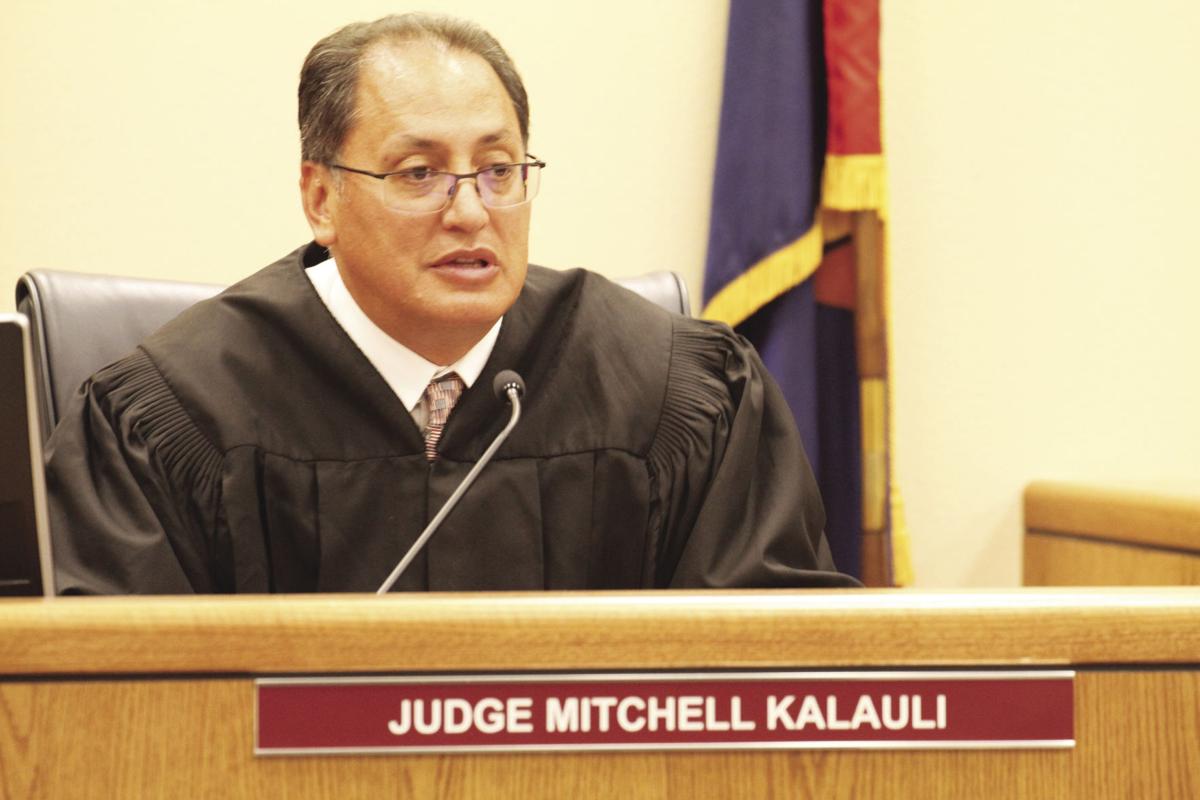We are focused on offering smart solutions to help the criminal justice system address the hardcore drunk driver issue in the communities we serve.
Download & Print Hardcore Drunk Driver Guide »
A Persistent Problem
While great strides have been made at the national level to reduce alcohol-related traffic fatalities, the serious impact of the hardcore drunk driver (HCDD) persists. Leadership organizations* concur that these individuals are highly resistant to behavioral change–despite previous sanctions, treatment, or education. Watch the video below to learn more about the characteristics of HCDDs.
Our Hardcore Drunk Driver Program Uses 24/7 Transdermal Alcohol Monitoring
 We provide SCRAM Continuous Alcohol Monitoring (CAM), the only court-validated solution that combines CAM and curfew monitoring in one device. The SCRAM bracelet is addressing the hardcore drunk driver issue by:
We provide SCRAM Continuous Alcohol Monitoring (CAM), the only court-validated solution that combines CAM and curfew monitoring in one device. The SCRAM bracelet is addressing the hardcore drunk driver issue by:
- Providing 24/7 abstinence monitoring – 750 offenders monitored over 75,000 monitored days
- Driving unprecedented compliance – 85% (no drinking or tampering while on the device)
- Keeping hardcore drunk drivers off the road during peak DUI hours
- Reducing recidivism by 45% in repeat DUI offenders (National Center for State Courts, 2008)
Monitoring Recommendations
Whether used during pretrial, post-conviction, or treatment phases of offender management, the SCRAM bracelet delivers an evidence-based view of abstinence, assessment, and accountability. Best Practices models employ 90-365 days of continuous alcohol monitoring as the initial monitoring term, and may reassess and adjust duration throughout the monitoring cycle.
Flexible Contingency Management
With curfew monitoring technology integrated into the dual-function SCRAM device, courts can flexibly sanction higher-risk offenders or those with confirmed violations. Behavioral-based imposition of home detention enables “swift and certain” contingency management that lets courts:
- Sanction to the appropriate level of CAM plus curfew monitoring to address noncompliance
- Reward compliance by removing curfew monitoring
Eligibility Requirements
Courts are encouraged to use their discretion based on the offender, prior DUI history, and case specifics. The hardcore drunk driver populations that are most commonly monitored as a condition of pretrial or community supervision by continuous alcohol monitoring include:
- 2nd DUI offenders (BACs of 0.15 or greater)
- 3rd DUI offenders
- All felony DUI offenders
- All repeat offenders under the age of 21
- Anyone charged with multiple DUIs pending adjudication
- First-time DUI offenders with a high BAC or aggravated circumstances
- Any other case as deemed appropriate by the court
*Century Council, National Highway Traffic Safety Administration, Mothers Against Drunk Driving, Traffic Injury Research Foundation


